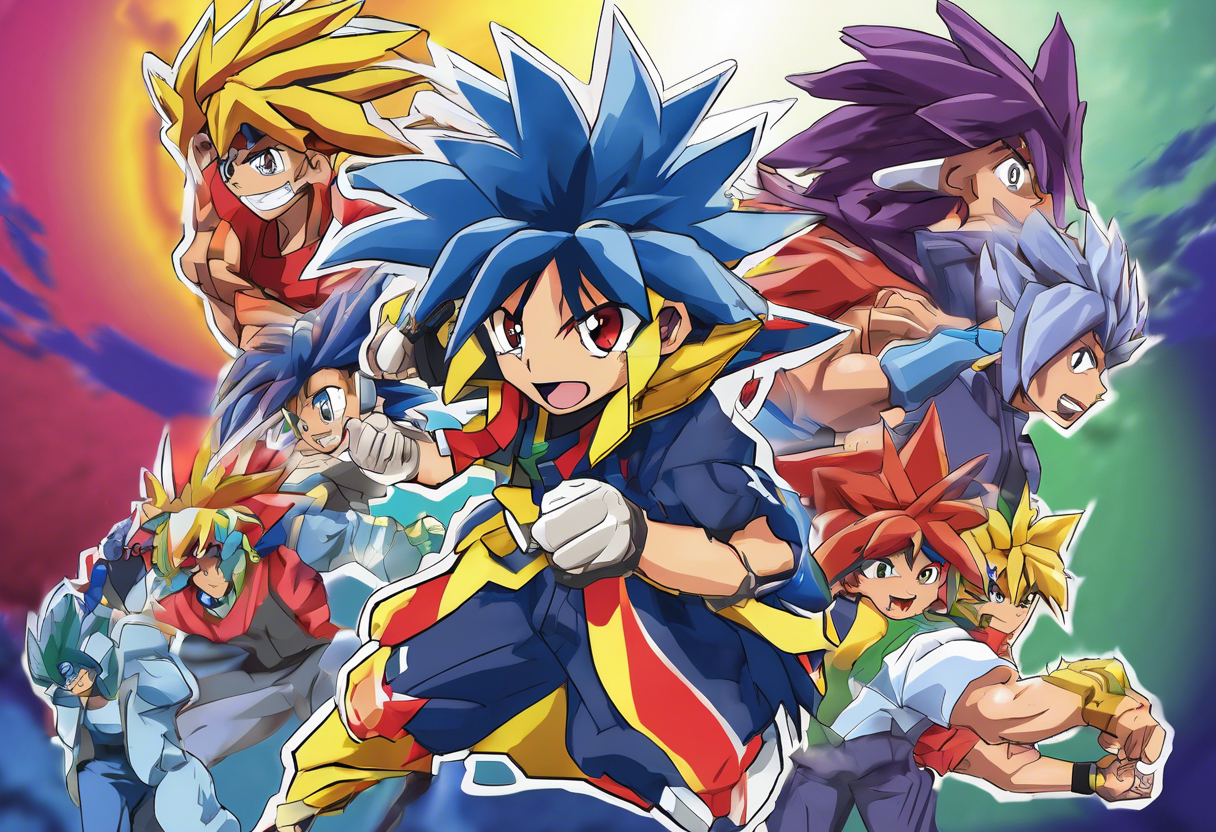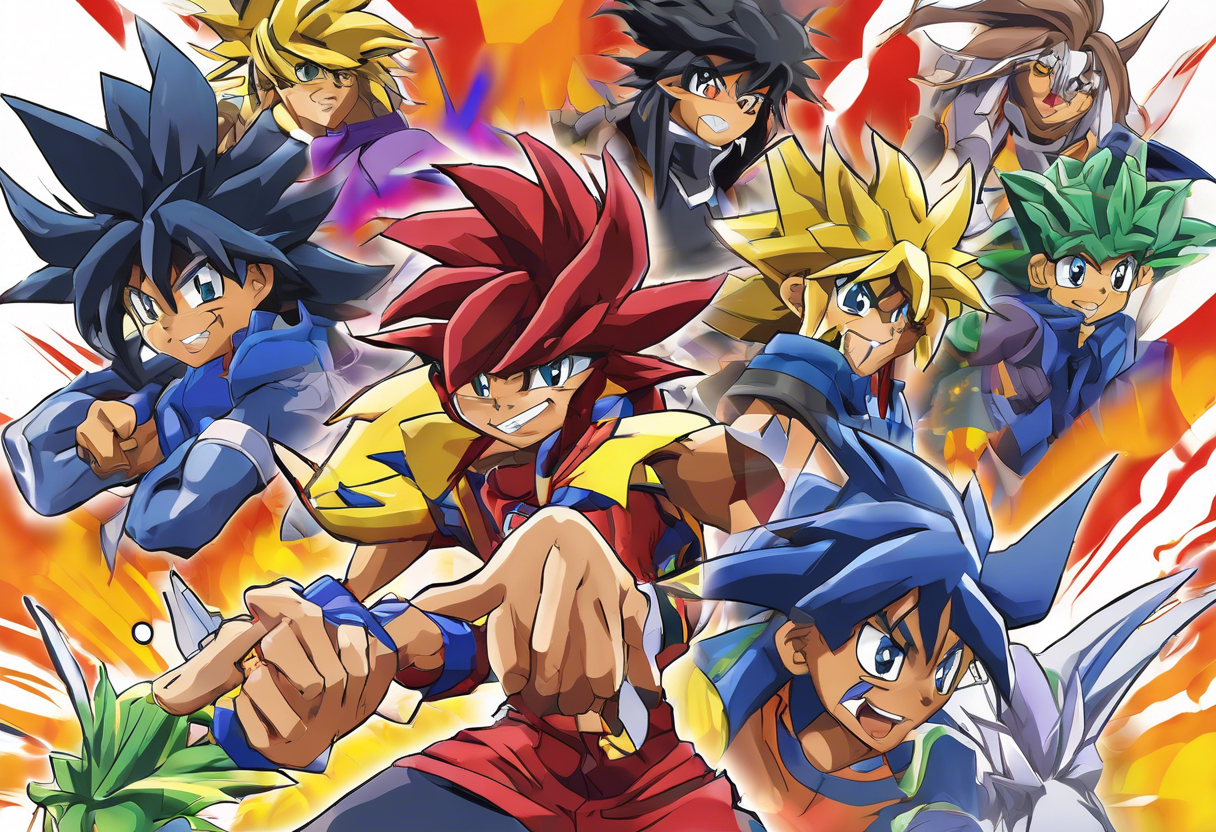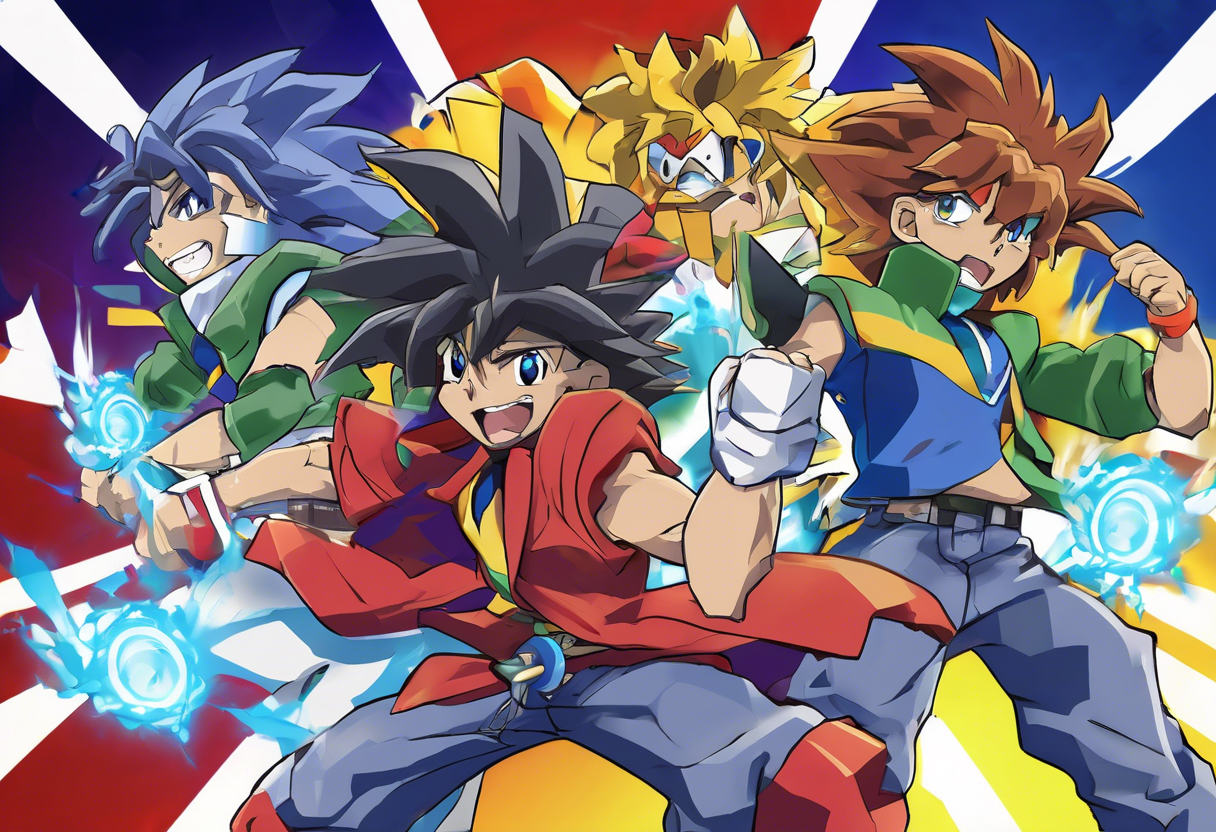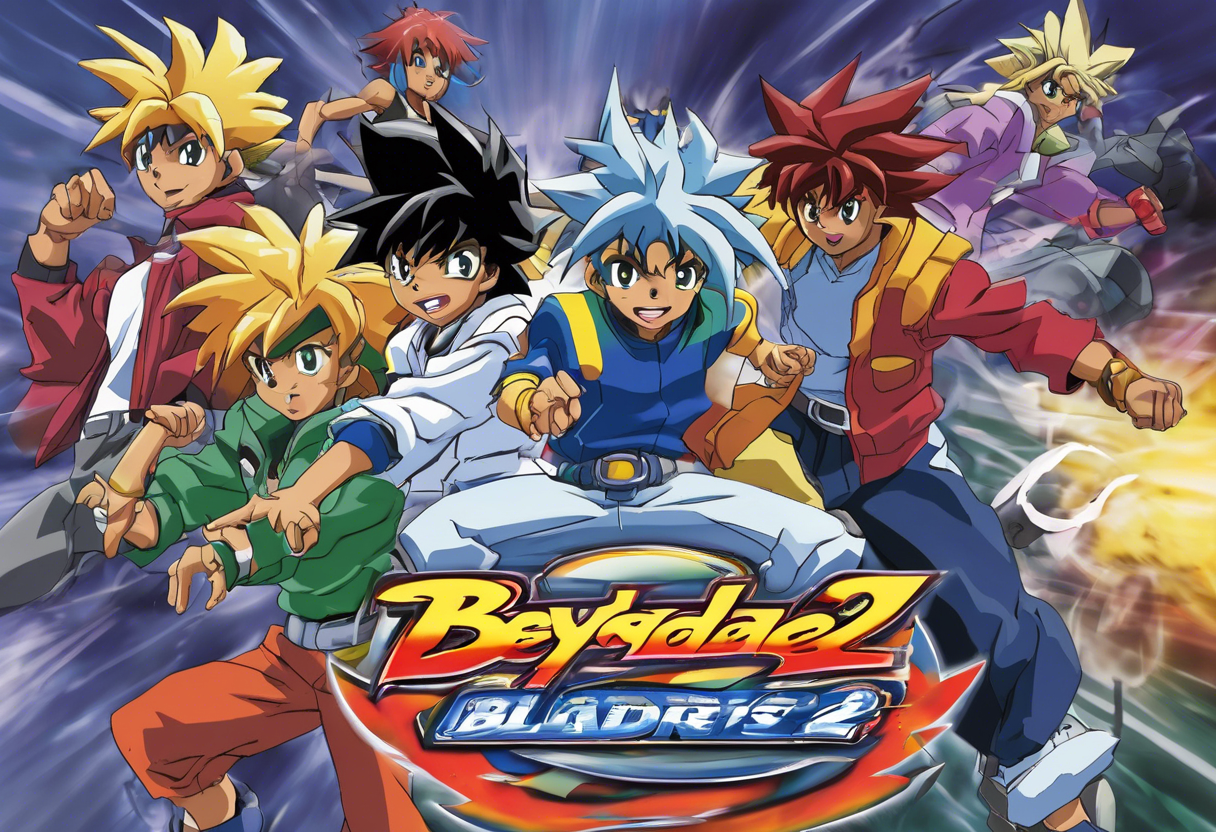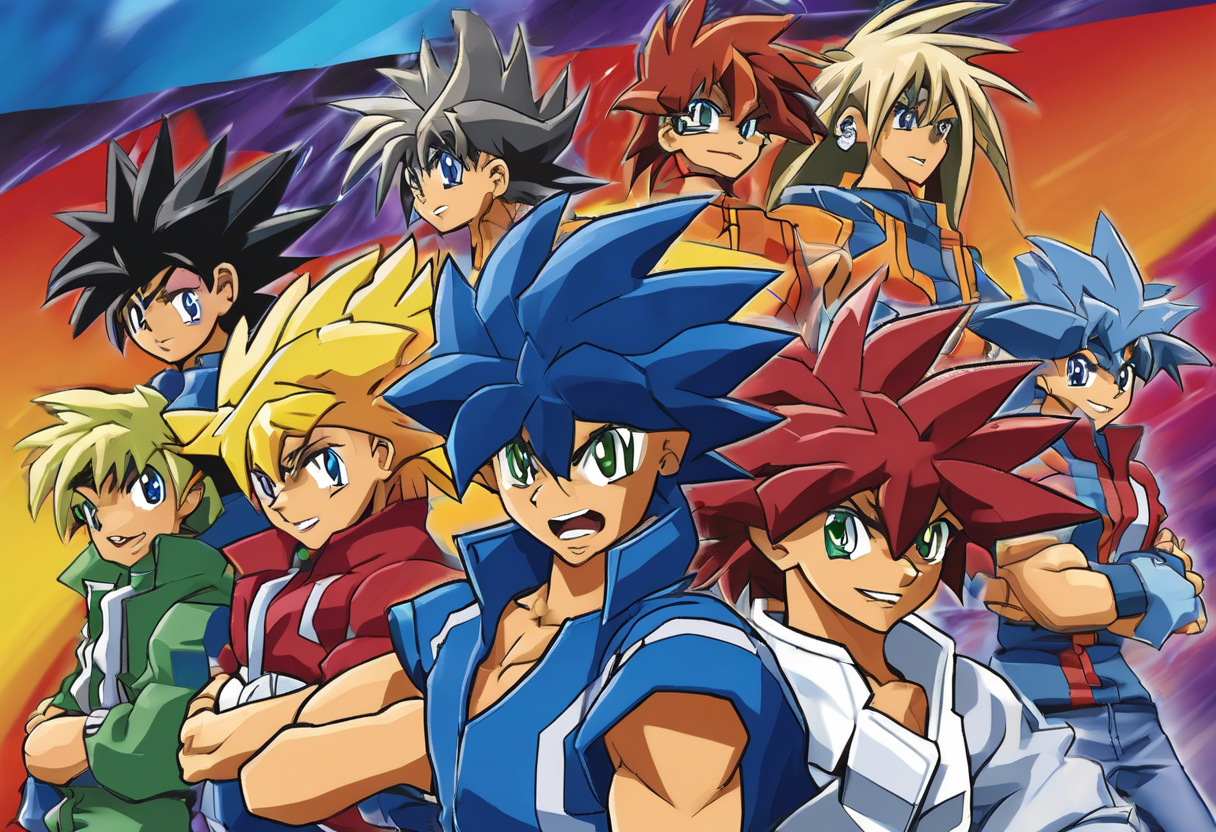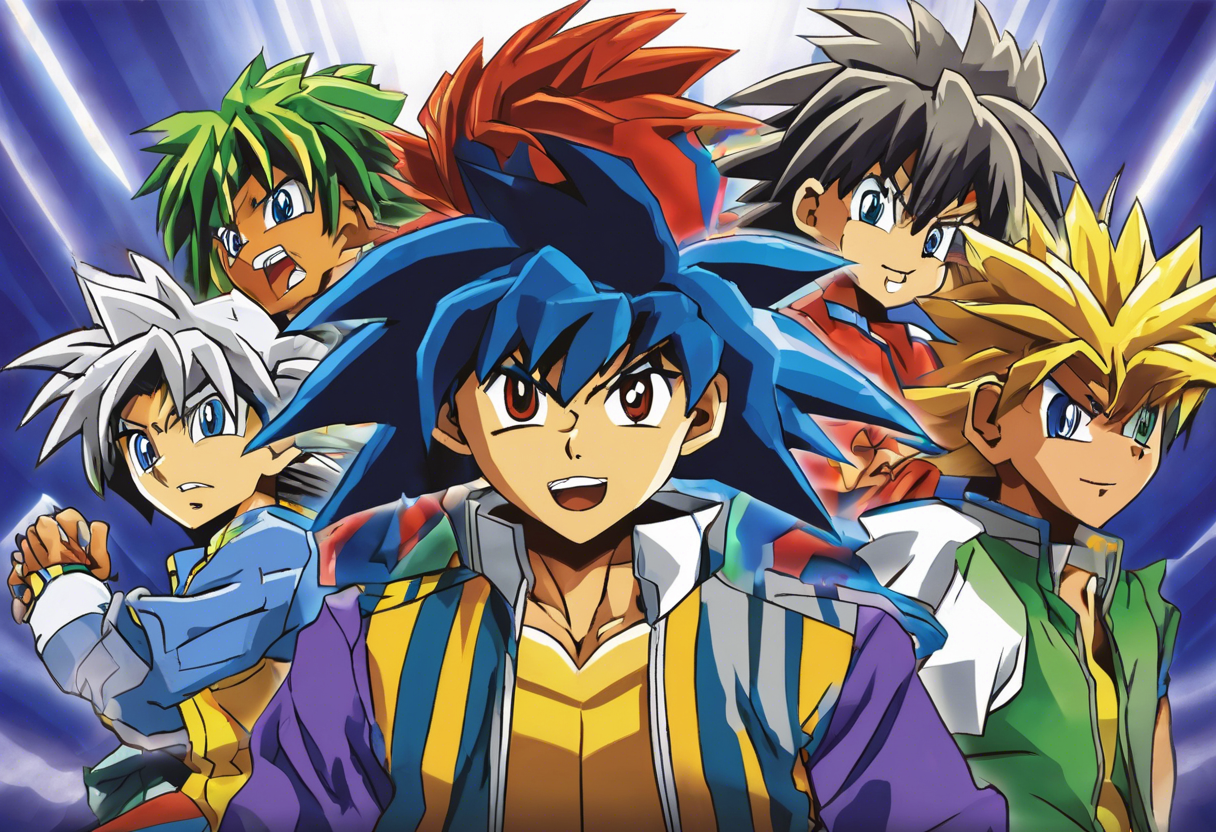Contents
Beyblade (2001) – Episode 24: Blader’s Pride
Introduction
"Beyblade," the 2001 Japanese anime series, is based on Takao Aoki’s manga of the same name and follows the adventures of a group of young Beybladers as they strive to become the greatest in the world. Episode 24, titled "Blader’s Pride," is a pivotal installment in the first season, which originally aired in Japan on TV Tokyo from January 8, 2001, to December 24, 2001[2][4].
The series was produced by Madhouse and directed by Toshifumi Kawase, with Yoshifumi Fukushima serving as the chief writer. The production team aimed to blend action, adventure, and sports elements, making it a unique offering in the anime genre. "Blader’s Pride" stands out for its intense character development and the escalation of conflicts that define the series’ narrative arc.
Plot Summary
In "Blader’s Pride," the focus shifts to the ongoing battles and personal struggles of the main characters. The episode begins with Tyson Granger, also known as Takao Kinomiya, and his team, the Bladebreakers, preparing for their next challenge. Tyson, along with his teammates Kai Hiwatari, Max Tate (Max Mizuhura), and Ray Kon (Rei Kon), has just returned from a series of victories in Asia and is now facing new opponents and internal conflicts.
The story delves into Kai’s character, who is struggling with his own pride and sense of purpose. Kai, known for his exceptional skills and his bit-beast Dranzer, begins to question his place within the team and his relationship with his grandfather, Voltaire Hiwatari. This internal conflict is exacerbated by the appearance of a new, powerful Beyblade team that challenges the Bladebreakers.
Meanwhile, Tyson is dealing with the aftermath of his team’s recent successes. His newfound fame has made him somewhat arrogant, causing tension within the team. Kyojyu, the team’s strategist and mentor, tries to keep Tyson grounded and focused on the upcoming battles. This dynamic is further complicated by the introduction of new characters, such as Nicky, a young boy who is bullied by a local Beyblade enthusiast named Riley. Tyson takes it upon himself to help Nicky rebuild his Beyblade and confront Riley, showcasing his leadership and commitment to the sport.
As the episode progresses, the Bladebreakers face off against the White Tigers, a formidable team from China. The battle is intense, with each member of the Bladebreakers using their unique skills and bit-beasts to outmaneuver their opponents. Ray, with his bit-beast Draciel, and Max, with his bit-beast Draciel V, play crucial roles in the battle, while Tyson and Kai face their own personal demons.
The central conflict of the episode revolves around Kai’s pride and his decision to leave the Bladebreakers temporarily. Feeling underappreciated and overshadowed by Tyson’s growing fame, Kai seeks validation and power elsewhere. This leads him to a mysterious and sinister organization that promises to enhance his Beyblade abilities, further complicating the team’s dynamics.
Throughout the episode, the settings range from the bustling streets of Tokyo to the serene landscapes of the countryside, each providing a unique backdrop for the characters’ interactions and battles. The narrative arc is marked by moments of high tension, emotional depth, and the ongoing theme of friendship and teamwork.
The climax of the episode features an epic battle between the Bladebreakers and their new adversaries, with each character contributing their strengths and weaknesses to the fight. Tyson, despite his initial arrogance, learns a valuable lesson about humility and the importance of his teammates. Kai, though temporarily estranged, begins to realize the true value of his friendships and the pride that comes from being part of a team.
The episode concludes with the Bladebreakers emerging victorious but not without scars. The team reflects on their experiences, and Tyson comes to terms with his newfound fame and the responsibilities that come with it. The stage is set for future conflicts and personal growth, as the characters continue their journey to become the greatest Beybladers in the world.
Themes and Symbolism
"Blader’s Pride" explores several central themes that are pivotal to the series. One of the most prominent themes is the concept of pride and how it can both motivate and hinder personal growth. Kai’s struggle with his pride serves as a cautionary tale about the dangers of ego and the importance of humility. This theme is symbolized through Kai’s bit-beast, Dranzer, which represents his power and pride but also his vulnerability when he is separated from it.
Another significant theme is the power of friendship and teamwork. Despite their individual strengths, the Bladebreakers are at their best when they work together and support each other. This is symbolized through the various battles where each member’s unique abilities are crucial to their victories.
The episode also touches on the theme of identity and finding one’s place. Tyson’s journey from a local Beyblade enthusiast to a world-renowned champion is marked by his struggle to maintain his humility and stay true to his roots. This theme is reflected in his interactions with Nicky and his decision to help the young boy, showing that true strength comes from helping others.
Cultural Impact
"Blader’s Pride" and the broader "Beyblade" series had a significant cultural impact upon its release. The series was widely popular among children and teenagers, not only in Japan but also globally. It spawned a successful toy line, with Beyblades becoming a staple in many toy collections. The series’ influence can be seen in other anime and sports-themed shows that followed, emphasizing teamwork, competition, and personal growth.
The episode’s reception was positive, with fans appreciating the character development and the intense battles. It contributed to the series’ overall popularity, making "Beyblade" a household name and a beloved franchise.
Critical Reception
Critically, "Blader’s Pride" was well-received for its engaging storyline, character development, and the intensity of the battles. Reviewers praised the episode for its ability to balance action and emotional depth, making it a compelling watch for both children and adults.
However, some critics noted that the episode’s themes, while well-executed, were not particularly original. The series was also criticized for its formulaic approach to battles, though this was seen as a minor flaw given the overall quality of the storytelling.
Legacy
"Blader’s Pride" and the "Beyblade" series as a whole have left a lasting legacy in the world of anime and beyond. The series has inspired numerous spin-offs, including new seasons, movies, and video games. It has also influenced other sports-themed anime, emphasizing the importance of teamwork and personal growth.
The episode continues to be remembered fondly by fans of the series, who appreciate its contribution to the broader narrative arc of "Beyblade." It remains a significant part of anime history, showcasing the blend of action, adventure, and sports that defined the early 2000s anime landscape.

